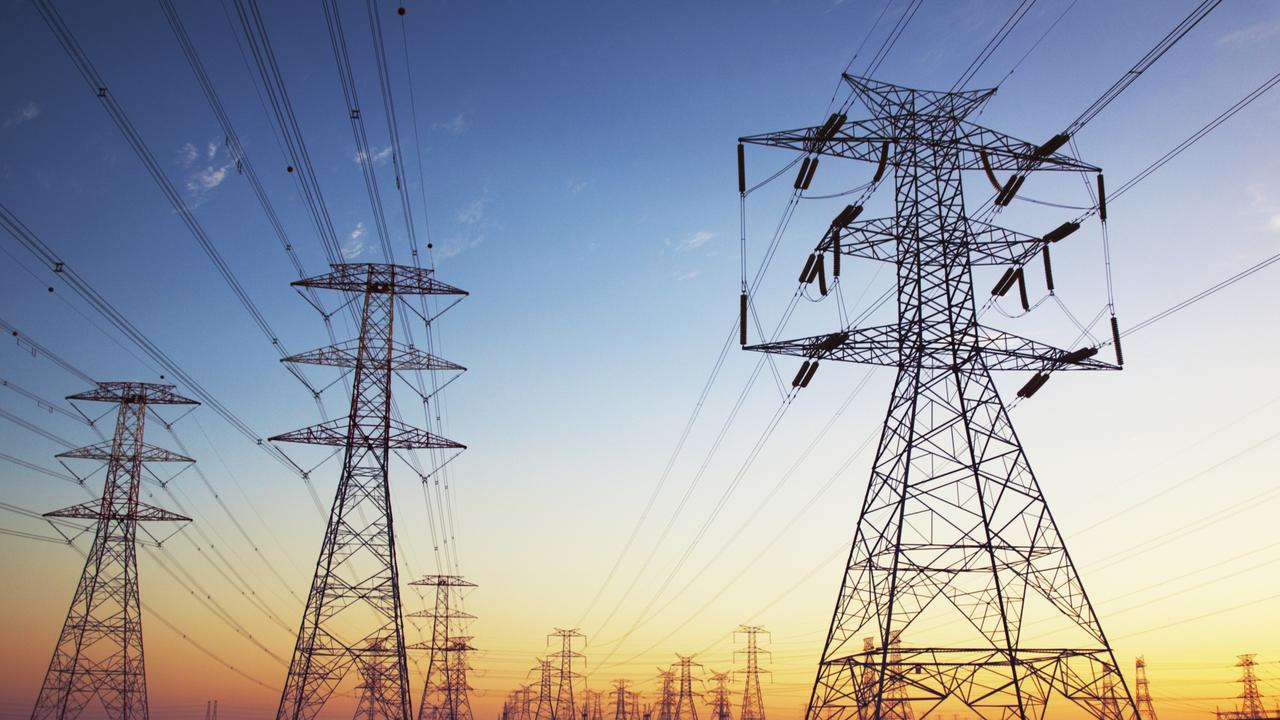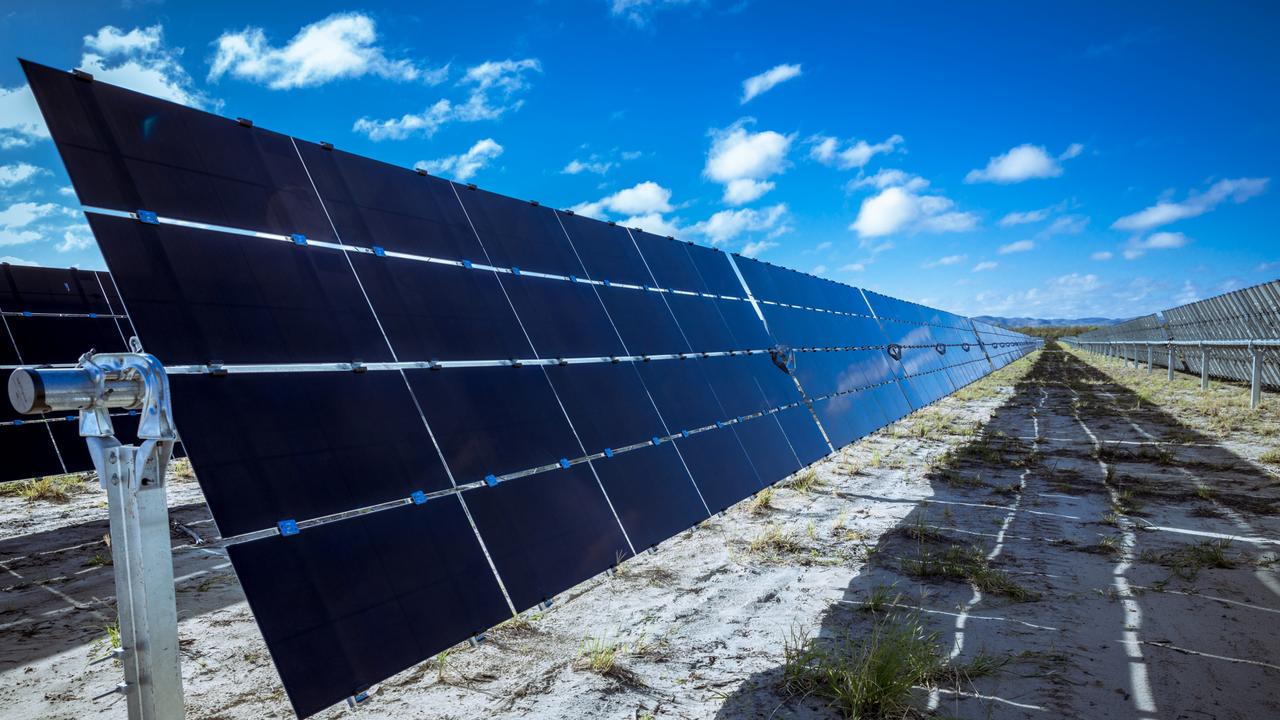Energy policy paralysis hits growth: Dow
Dow Chemical has warned that the lack of a national energy policy is a drag on Australia’s economic growth.

Dow Chemical has warned that the lack of a national energy policy is a drag on Australia’s economic growth as high power and gas bills force big business to shut operations or pass the costs on to struggling households.
The industrial giant is concerned policy paralysis, east coast gas prices tripling in the past four years and high electricity tariffs are stifling the nation’s ability to capitalise on its rich natural resources.
Dow had previously backed Malcolm Turnbull’s signature National Energy Guarantee policy, which was axed by Scott Morrison after internal unrest within the Coalition. Six months on, it remains worried about the lack of progress on an integrated energy policy framework.
“Australians rightfully expect their elected leaders to pursue policies that will bring jobs and maintain Australia’s global competitiveness,” Dow’s outgoing Australian president Louis Vega told The Australian.
“We have yet to see a focused delivery of a wholistic national energy policy that, if done properly, could enable the Australian economy to soar rather than being the drag on growth that it is today.”
East coast short-term gas prices surged over $10 a gigajoule in the last three months of 2018, a 43 per cent jump on the same quarter the previous year, consultancy EnergyQuest said yesterday, with conventional gas supply from sources like the Bass Strait falling by 17 per cent over the year.
Heavy industry and chemicals producer Dow, fertiliser and explosives marker Incitec Pivot and the nation’s largest petrochemicals producer Qenos have all raised concerns in recent months about their ability to remain competitive, with energy costs on the east coast remaining stubbornly high.
Queensland, the home of three LNG export plants, pays more for its residential gas supplies than any US state, while only Hawaii has higher gas tariffs than NSW, South Australia and Tasmania, a Dow-backed study found in December. In his final address today to an Australian business audience, Mr Vega will implore both policymakers and employers to work together on a united solution to the problem.
“Business and household operating costs are increasing due to high energy bills, and businesses are being forced to either lay off workers and close their doors, or to pass costs on to the already burdened Australian consumers — an unfortunate consequence for a country rich in energy resources,” Mr Vega will say ahead of his move to the US in a new role with Dow.
“To solve this quagmire, we must all come together and work towards practical policies and solutions — like building essential infrastructure to put Australia’s natural gas to use at home via a transcontinental pipeline that delivers the most reliable, affordable and efficient solution for the near term as Australia moves towards renewables and the future.”
The federal government’s dumped NEG policy attempted to fuse an emissions component with a reliability requirement while also reducing wholesale electricity prices.
Mr Morrison has instead focused on lowering prices while keeping the lights on, with the government prepared to take on the role of generating new supplies into the grid via the Snowy Hydro expansion and the underwriting mechanism currently being worked through.
East coast gas contracts have surged from traditional levels of $3-$4 a gigajoule as Gladstone’s LNG plants opened up the market to export prices, cheap-to-produce gas declined and the Northern Territory, NSW, Victoria and South Australia restricted onshore gas exploration.
Contract price offers ran up to $12-$15 a gigajoule in the past year before the Turnbull government threatened export restrictions and ordered the Australian Competition & Consumer Commission to conduct a three-year probe into the industry using its special powers of investigation.
The ACCC says the measures mean east coast gas prices are now between $8 and $10 a gigajoule, although industry sources say some tariffs remain beyond $12.
The most realistic way to cut prices — rather than building Australia’s first LNG import terminals — is to ratchet up locally produced gas in the southern states to help snap the cost of paying for supplies piped down from Queensland or imported from overseas, according to the ACCC.
Yet that remains a distant prospect given the variety of moratoriums that have effectively stymied new investment in emerging exploration areas.
For others like EnergyQuest, LNG imports now represent the best chance for east coast users to find a relatively quick solution to the unfolding crisis, with terminals slated for 2020.
It predicted last week that gas shortages on the east coast would emerge within three years and prices would remain high for the next decade, ratcheting up pressure on large industrial users like Dow struggling with soaring tariffs.
NSW, Victoria, South Australia and Tasmania won’t have enough gas to meet demand as soon as 2022, requiring Queensland to substantially boost the supplies it sends south, according to EnergyQuest.
Even then, Queensland will only have enough gas to fill the void for a couple of years before the northern state runs into its own problems, with production set to decline by 2025 due to a shortage of gas resources.
By 2026, the east coast states won’t have enough gas to meet peak demand, with Victoria’s annual gas production plummeting to just half current levels.




To join the conversation, please log in. Don't have an account? Register
Join the conversation, you are commenting as Logout